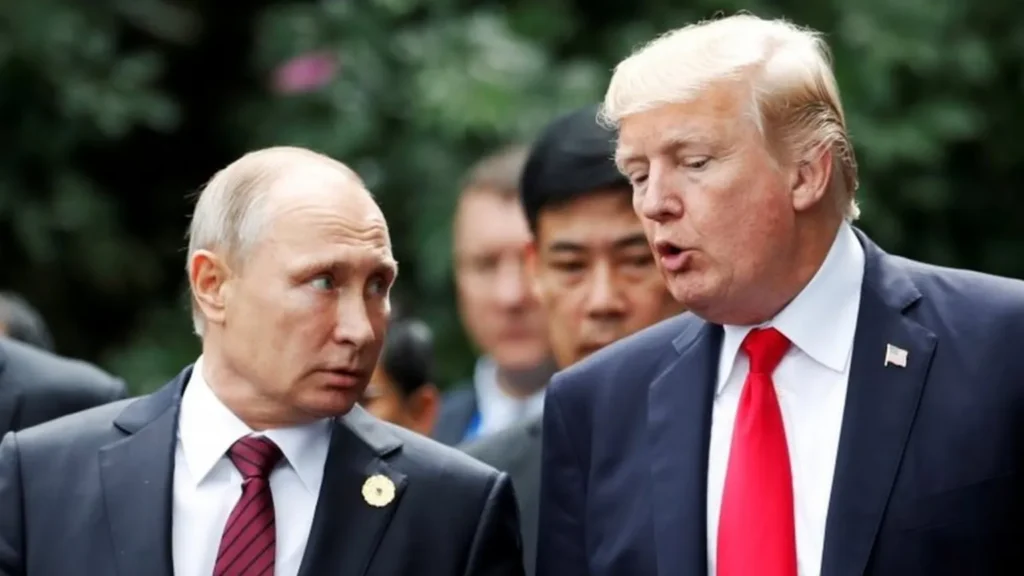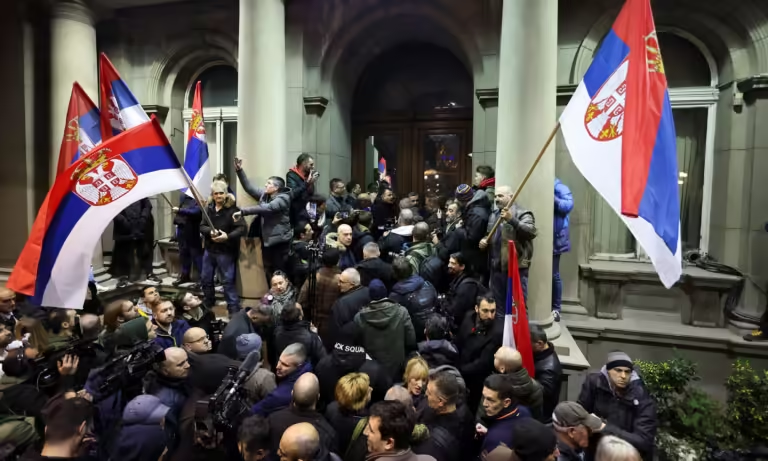
In a clear and forceful diplomatic move, Russia has officially withdrawn from the 1987 Intermediate-Range Nuclear Forces (INF) Treaty. The treaty was a key arms-control agreement that has prevented the deployment of thousands of nuclear missiles for decades. On August 4, 2025, Moscow abandoned the deal, accusing the West of placing its own missiles in Europe and the Asia-Pacific regions.
The Fallout: NATO Stage Heats Up
Blame games started fast. Russian officials squarely accused NATO of pushing the boundaries, deploying new weapons that, Moscow claims, voided the agreement’s essence. With the treaty gone, Russia’s Foreign Ministry stated that all “self-imposed limits” are off. Now, both the West and Russia are free to build, test, and deploy weapons once outlawed a move that has left security experts anxious about a revived arms race.

Dmitry Medvedev, the former Russian president who is now a top security official, made the announcement feel even more dramatic. In a speech full of swagger, he declared, “This is a new reality all our opponents will have to reckon with,” promising that Russia will consider “further steps”. The subtle threat echoed across Europe and beyond.
Nuclear Treaty Escalation: Submarines and Hypersonic Missiles
The United States quickly reminded everyone that it wouldn’t be caught napping. Former President Donald Trump ordered U.S. nuclear submarines closer to Russian waters, showing readiness for a new era of nuclear bravado. Not to be outmatched, Russia announced mass production of its cutting-edge Oreshnik hypersonic missiles, planning to deploy them in Belarus, not far from NATO borders. The race for the newest, fastest, and loudest nuclear nukes is on.
Nuclear Treaty History: From Reagan to Ruins

The INF Treaty was signed by Ronald Reagan and Mikhail Gorbachev in 1987. It banned ground-launched nukes and conventional missiles with ranges between 500 and 5,500km. Around 2,700 missiles were destroyed, cooling Cold War tempers. But cracks surfaced years ago: the U.S. formally left the treaty in 2019 citing Russian violations, and Russia’s attack on Ukraine had already strained what little trust remained.
With the INF pact dead, the U.S. and Russia are left with just one major treaty. New START, now barely hanging on, is set to expire in February 2026. Follow-on negotiations have stalled, and military posturing is back in vogue. Experts say this could be just the start of a new, unpredictable arms race, one lacking the rules that kept older generations from nuclear brinkmanship.
Nuclear Treaty Fallout: Where’s the Red Line Now?
Russia’s withdrawal is about more than paper and signatures. Without rules or trust, neither side has much stopping them from fielding new weapons. As the U.S. gears up to send more arms to Germany in 2026 and deploys forces across Europe and beyond, questions linger. Has Russia already crossed the line with weapons in Ukraine—treaty or no treaty? If nobody’s following the rules anymore, what happens when another crisis erupts?
With treaties collapsing and trust eroding, who now holds the power to shape the future of nuclear peace?
For more such articles, Check out The World Times.



